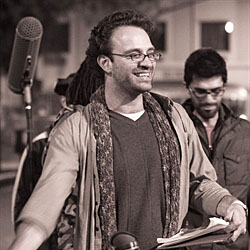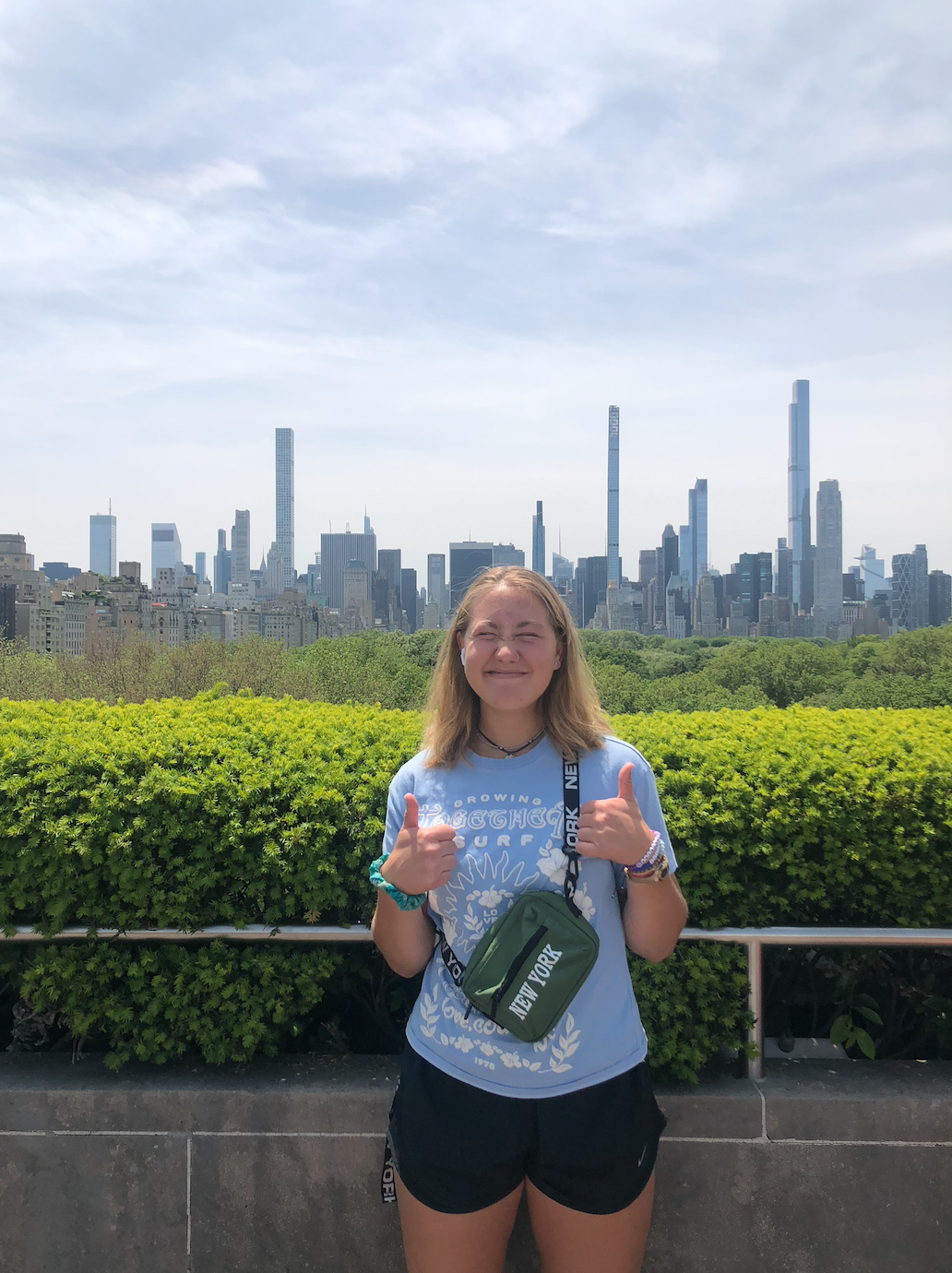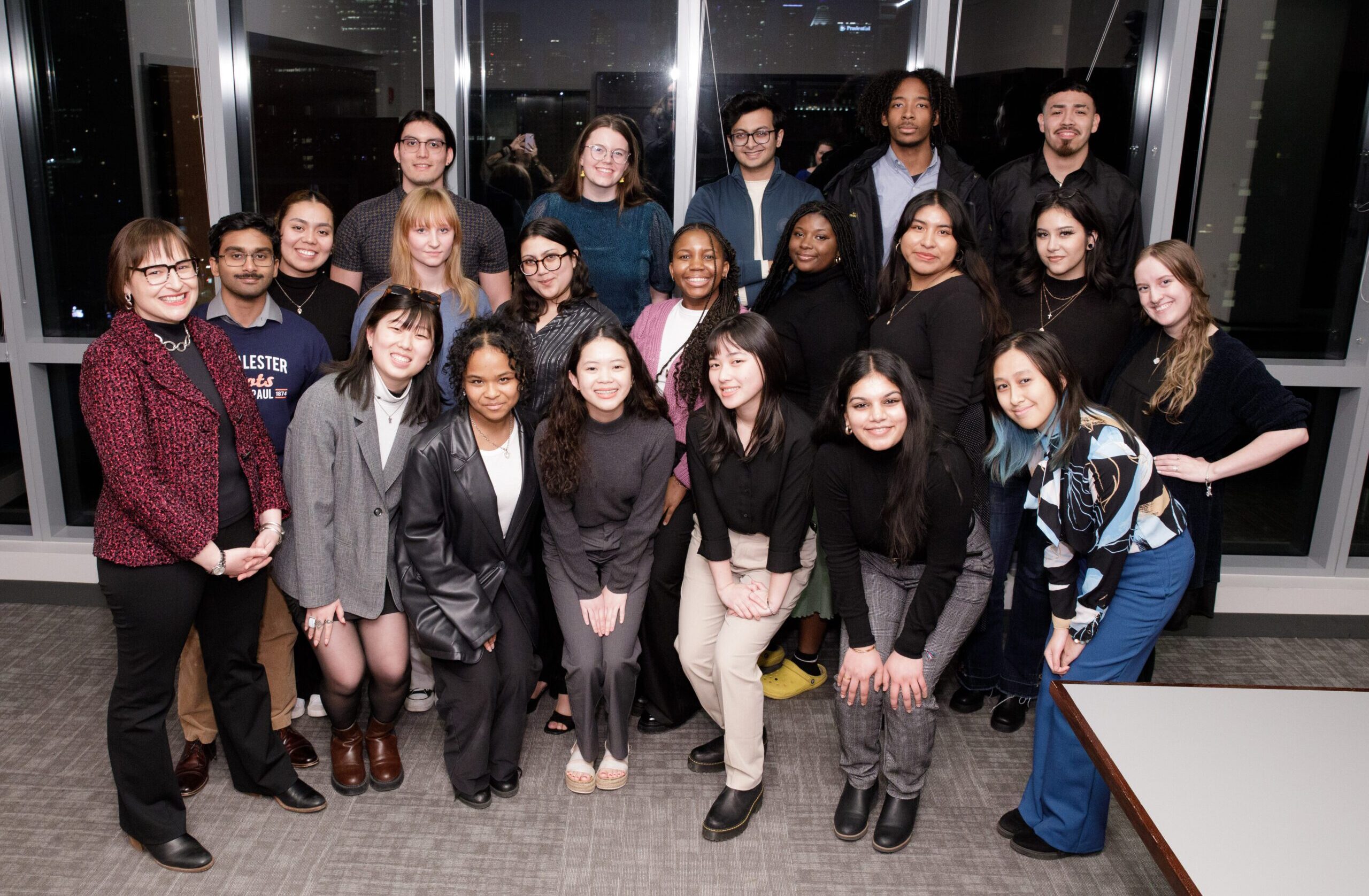Students on the ACM Costa Rica program will be able to gain insights into Latin American culture through a different lens this fall — a camera lens.
A new cinema studies course will enable students to learn about elements of film analysis as well as explore regional issues and perspectives through the work of contemporary filmmakers in Costa Rica, Nicaragua, Cuba, and other countries in the area. A wide range of movie genres and subject matter will be covered, with an emphasis on current trends.
 Jurgen Ureña
Jurgen Ureña
The course, titled 21st Century Central American and Caribbean Film, will be taught by prominent Costa Rican filmmaker, screenwriter, and teacher Jurgen Ureña, whose short films have been screened at festivals around the world.
“With Jurgen teaching the class, the students will have chances to meet with actors and directors and to go on site to see Costa Rican films and TV shows in production,” said Mario Morera, ACM Spanish language coordinator. “His expertise also will bring students a comparative view between commercial film production in the US and the Central American independent film industry.”
In addition to providing the film studies content, the course will serve as an advanced language class at the 300 or 400 level, and will fulfill the program’s Spanish language course requirement.
|
|
| Jurgen Ureña’s award-winning short film She wore a yellow dress |
“This is a course in which students will practice and improve their speaking, writing, listening, and reading skills at a high level, while they also are deeply experiencing local culture,” said Morera. “It should be an attractive opportunity for students who are majoring or minoring in Spanish and Latin American studies, especially in combination with the other courses and the program’s field trip to Nicaragua.”
The curriculum of the fall semester program, all taught in Spanish, also includes a course in Costa Rican culture, a month-long community practicum and volunteer placement, and a choice among elective courses in topics related to education, public health, and the environment.
For questions about course content and Spanish language level for 21st Century Central American and Caribbean Film, contact Mario Morera at the ACM Costa Rica program.
Links:
- Costa Rica: Community Engagement in Public Health, Education, & the Environment (fall semester)
- 21st Century Central American and Caribbean Film — course description and syllabus
- Bio of Jurgen Ureña, with links to view examples of his films








